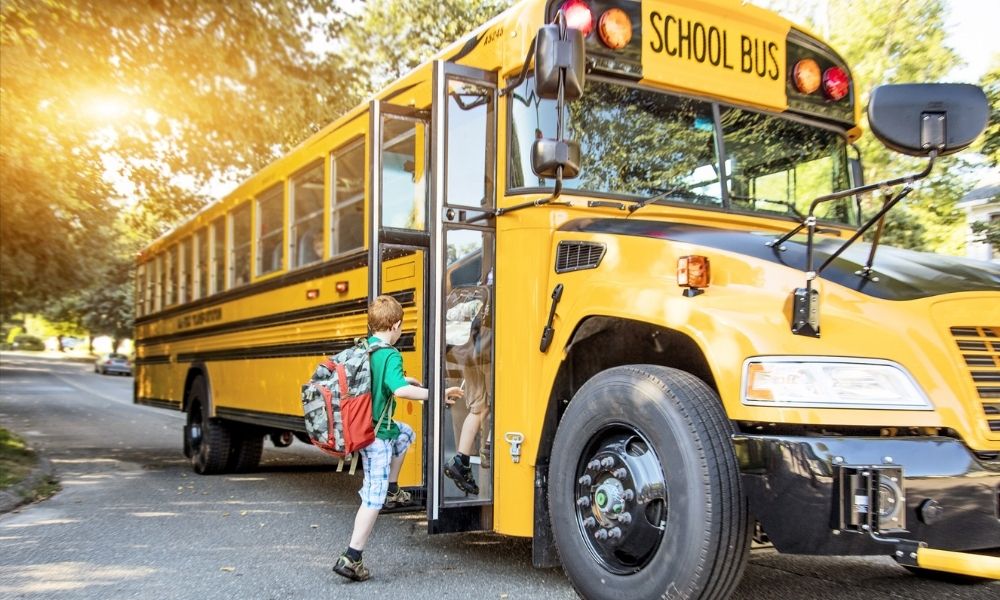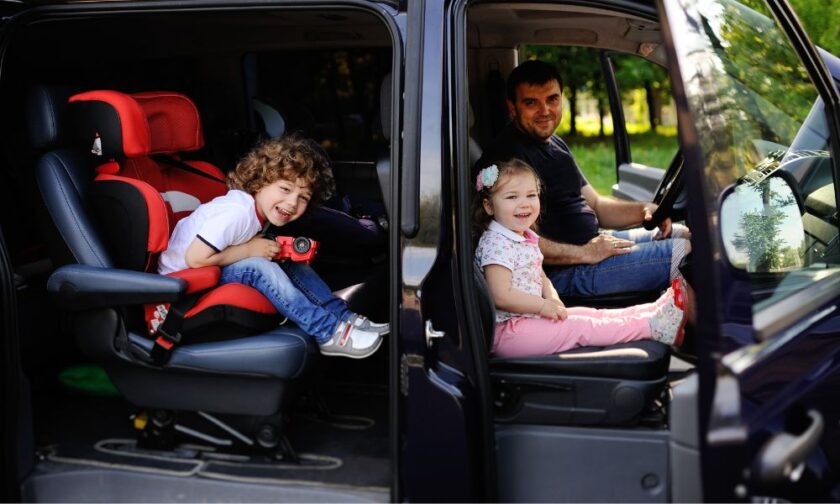It’s hard to trust anyone with the safety of your children, but it’s particularly tough to watch them march onto a school bus packed with rowdy kids and a driver you don’t know. How safe is your child’s school bus? The answers to these questions should help you breathe easier.
Are There Many Bus Accidents?
Not many, but we haven’t been able to eliminate school bus accidents entirely. The bad news: Each year, four to six school-age children die on school vehicles. But if it’s any comfort, that’s less than one percent of the United States’ traffic fatalities. The good news: According to the National Highway Traffic Administration, kids are 70 percent more likely to arrive safely by bus than in a car. You could be the best driver in the world, but you don’t have the size and safety features of a bus to protect your children from the bad drivers out there.
Why Aren’t There Seatbelts?
Studies concluded that because large school buses distribute crash forces differently, kids would benefit more from “compartmentalized” safety—high-backed seats that absorb energy, and are closely spaced. Smaller buses do require seatbelts.
What’s Keeping Them Safe?
Traditionally, school buses relied on its highly visible signature yellow color to catch the attention of drivers, as well as flashing lights and extending stop signs. Now there have been advancements in technology that make buses even safer. As schools replace their old bus fleets, they can take advantage of better GPS systems that alert schools when buses leave a preapproved area, and parents can keep track of where their kids are and when they’ll arrive. Better video monitoring can catch any bad behavior that drivers can’t. And since the greatest risk to children is actually when they’re getting on and off the bus, high-frequency radars can alert drivers to unexpected pedestrians around the bus.
Is it Sanitary?
Yes. Under normal circumstances, kids aren’t socially distanced, of course. But any hybrid learning efforts include bus transportation with fewer passengers and generously spaced seating. Buses are sanitized between every trip with extra precautions. Enclosed air is actually easier to purify with HEPA filters, which can remove about 99 percent of large-particle contaminants.
Is it Safe for Special Needs Kids?
Every child is different, and there’s a lot about buses that can be scary: lights, noises, chaotic energy. Service dogs are allowed on buses for children with disabilities and can be tremendously calming. You can’t know how safe your school bus is unless you get to know your driver. Many are getting training on how to respond to autistic children, and even attending “empathy” workshops. But you can also make the commute easier by telling the driver more about your child: What sets him off? What calms him down? How can he get in touch with you? Familiarity is your best defense against meltdowns, and that will come with time.






